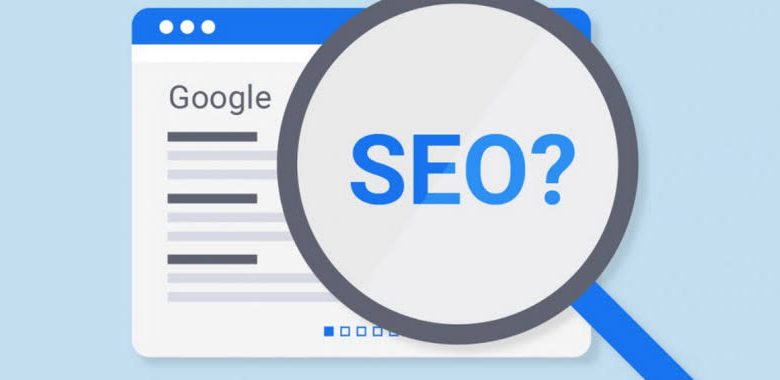From Prompt to App in Minutes

In a world where AI tools can summarize articles, write code, and even generate images, there’s something magical about asking your assistant to deploy your app and watching it happen.
No scripts. No terminals, no tabs. Just a simple prompt like:
Deploy my Flask app to DigitalOcean.
That’s the kind of workflow DigitalOcean’s MCP Server enables. It connects tools like Claude Desktop and Cursor to DigitalOcean’s App Platform, so you can manage deployments, restart services, fetch logs, and even spin up entirely new apps – just by typing what you want into your IDE!
No API docs. No YAML. No endless clicking around dashboards. Just a clear request, and results.
This post walks through what the DigitalOcean MCP server is, how to set it up, and how to use it to manage your DigitalOcean apps using natural language, from deploying new apps to inspecting logs, restarting services, and more.
Want to see the full flow from scratch? We recorded a complete walkthrough showing how to:
- Set up the DigitalOcean MCP Server
- Connect it to Cursor
- Build a React app from scratch using natural language
- Deploy it to App Platform
- Redeploy with changes
- Pull logs and inspect deployments
MCP stands for Model Context Protocol. It’s a way for LLM-based tools, like Claude or Cursor, to securely talk to external services and actually execute actions.
LLMs are good at words. They can summarize, explain, and rewrite. But by themselves, they can’t do things. They can’t deploy your app. They can’t query a database or roll back a failed release. Not without help.
MCP is that help. It’s an open protocol that defines how tools can expose capabilities to AI models in a predictable, structured way. It’s what gives an LLM the power to go from “tell me how to deploy” to “go ahead and deploy it now.”
The DigitalOcean MCP Server is one of those tools. It acts as a bridge between your MCP client (like Cursor, Windsurf, Claude Desktop, Claude Code, or any other MCP-compatible client) – and the DigitalOcean App Platform.
Once it’s running, your assistant can:
- List deployments
- Show logs
- Create and delete apps
- Restart services
- Validate specs
- And more
All from a single prompt.
To get started, you’ll need:
- Node.js (v12+)
- npm (comes with Node)
- A DigitalOcean Personal Access Token with App Platform scopes
- A supported MCP client:
- (Optional but helpful): GitHub CLI (gh) – useful for cloning repos, creating projects, and working with GitHub-based apps.
So what’s really happening when you say something like:
create a new app from https://github.com/do-community/do-one-click-deploy-flask in NYC
Here’s the flow:
- You type what you want in the MCP Client (Claude, Cursor etc): Just describe the goal, like redeploy marketing-site with the latest changes
- The MCP Client figures out what tool to use: Claude or Cursor reads your intent, looks at what tools it has access to and picks the right one, and sends that list along with your intent to the LLM.
- If the LLM needs more info, it asks you: Didn’t mention a region or repo? The LLM will just ask. No forms. No dropdowns. Just a quick back-and-forth.
- It walks you through the action: You get a response – logs, deployment results, app info—or it kicks off the action in the background and updates you when it’s done.
No APIs to learn. No YAML to mess with. No switching between tabs.
The DigitalOcean MCP Server handles the actual API calls. Your assistant translates it into something you can read and act on.
Step 1: Grab your DigitalOcean API token
Head to API Settings and generate a Personal Access Token. Make sure it has App Platform scopes.
Step 2: Plug your API token into your AI assistant
Cursor
- Open Cursor settings → MCP
- Click “Add a new global MCP server”
- Paste this into your ~/.cursor/mcp.json 4 Save and enable the server
{ “mcpServers”: { “digitalocean”: { “command”: “npx”, “args”: [“@digitalocean/mcp”], “env”: { “DIGITALOCEAN_API_TOKEN”: “YOUR_DO_TOKEN” } } } }
Claude Desktop
- Open Settings → Developer → Edit Config
- Paste the same config into ~/.cursor/mcp.json
- Replace “YOUR_DO_TOKEN” with your actual token
- Save and restart Claude Desktop
Use the DigitalOcean MCP Server
Once you’re set up, try a few prompts to see your server in action:
- List all active apps on my account
- Create a new flask app with 2GB RAM from this GitHub repo – https://github.com/do-community/do-one-click-deploy-flask
- Remove the old staging-env app
The assistant sends the request → MCP server talks to DigitalOcean → and you get results.
With the DigitalOcean MCP server, you can:
- Build an app from scratch, and deploy it to DigitalOcean, without ever leaving your IDE.
- Deploy a new app straight from a GitHub repository
- Make changes to your code, and quickly redeploy it with a single prompt
- Get a list of all your apps, inspect them, restart them, or delete them – right from your editor.
- Force rebuild or delete an app
- Check which regions are available and plan deployments accordingly
For a complete list of tools available, please check out the README on GitHub.
The DigitalOcean MCP server makes it easier to manage your apps without leaving your flow, but this is just the start.
It’s fully open source, and we’re actively working on expanding its capabilities. Whether you hit a bug, have an idea for a new tool, or think of a workflow you’d love to automate – we want to hear from you.
Try it out, see what it unlocks, and let us know what’s working and what’s missing. Your feedback will help shape what comes next.
